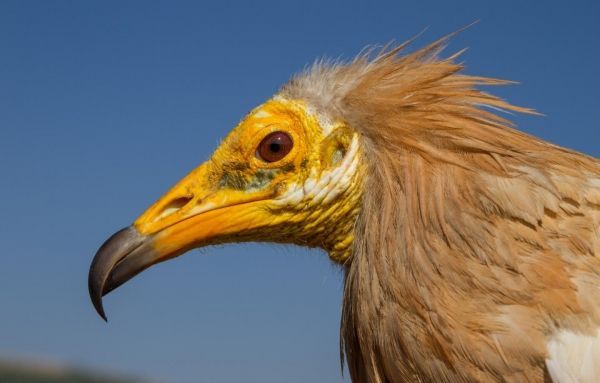It’s not easy to catch an Egyptian vulture.
Evan Buechley knows. He’s hunkered down near garbage dumps from Ethiopia to Armenia, waiting for the highly intelligent birds to trigger a harmless trap. But no matter how well he and other researchers hid the traps, he says, “somehow the birds could always sense that something was up.”
Eventually Buechley, a postdoctoral scholar at the University of Utah and HawkWatch International, and his colleagues caught and tagged a total of 45 vultures from 2012-2016. The Egyptian Vulture is an endangered species, and by tracking them Buechley and colleagues were able to learn more about where they eat, breed and migrate.
These vultures migrated along the Red Sea Flyway — a large area connecting the summer and winter ranges of birds in Eastern Europe, Central Asia, the Middle East and Africa — and their travel routes revealed migratory bird corridors and bottlenecks. Identifying bottlenecks — i.e. places where birds concentrate on migration — helps bird conservationists know what areas to focus on and get the most bang for their buck, since a large percentage of a species’ population can pass through these small areas.
“The Red Sea Flyway connects birds from Eastern Europe, Central Asia, the Middle East — all those birds that migrate into Africa,” Buechley says. “But because of political instability in some countries and harsh desert environs throughout, it’s minimally studied. There’s not a lot of conservation happening. It’s a big research gap.”
Read more at University of Utah
Image: This is an adult Egyptian vulture. (Credit: Evan Buechley)


